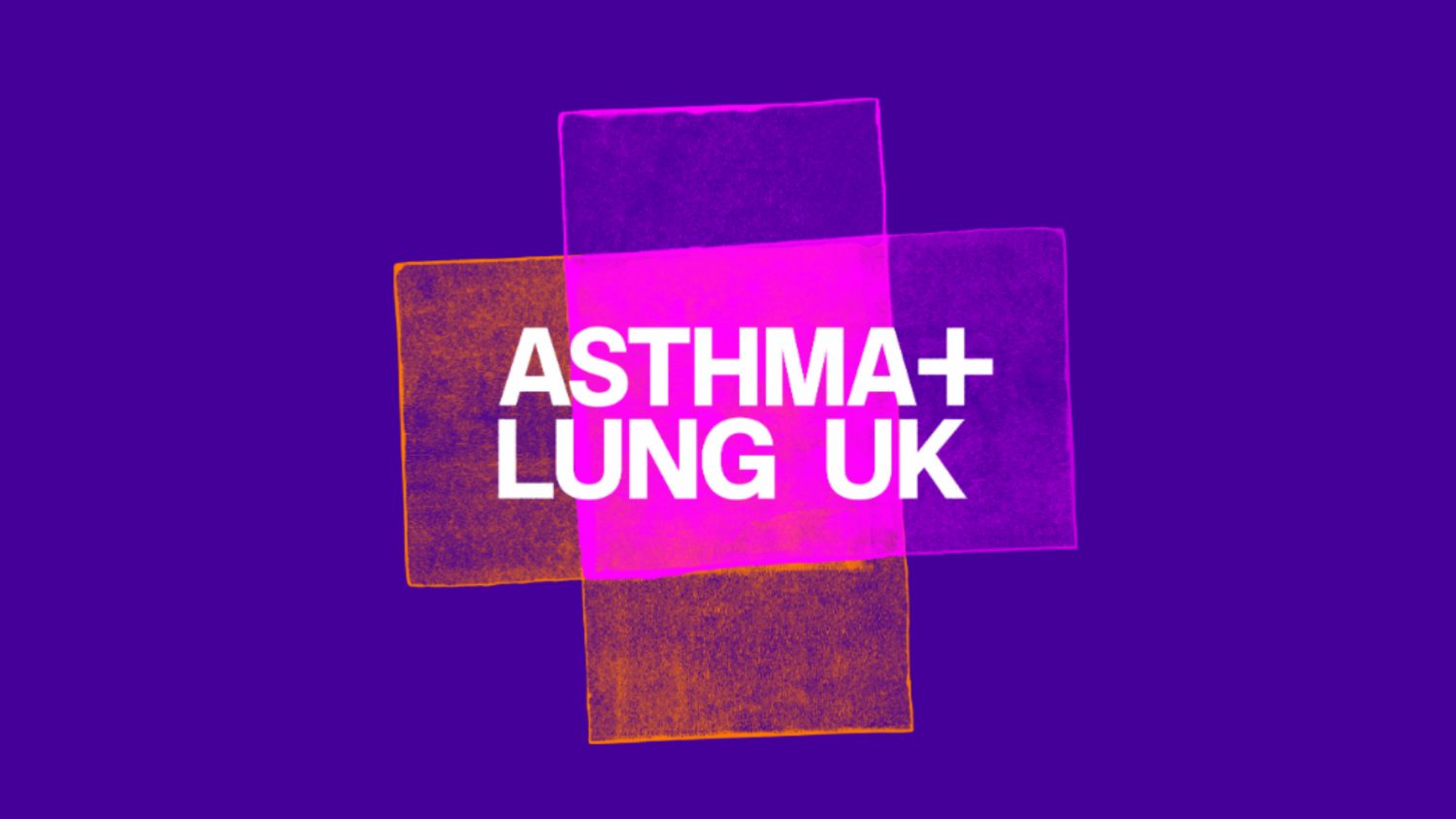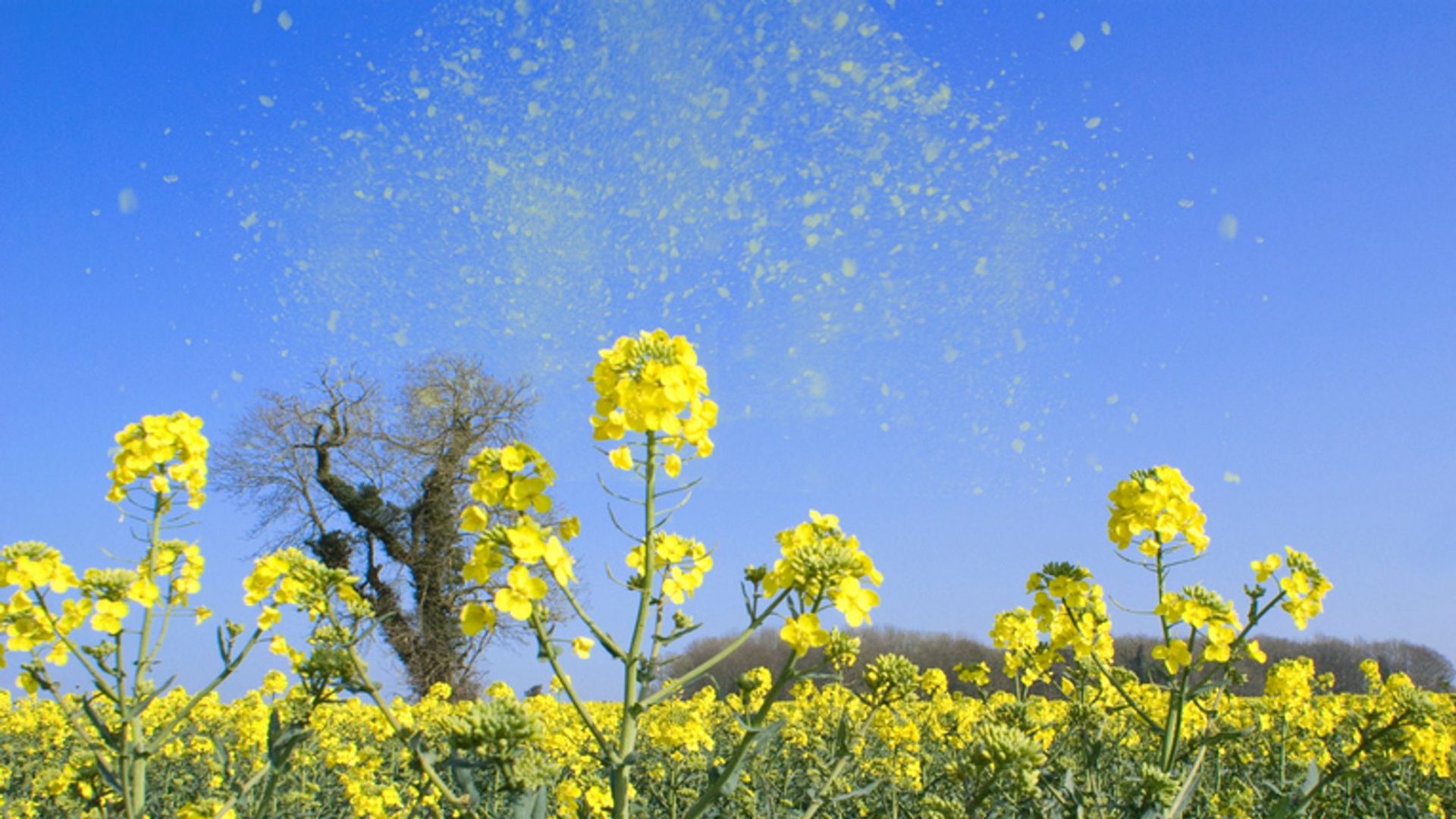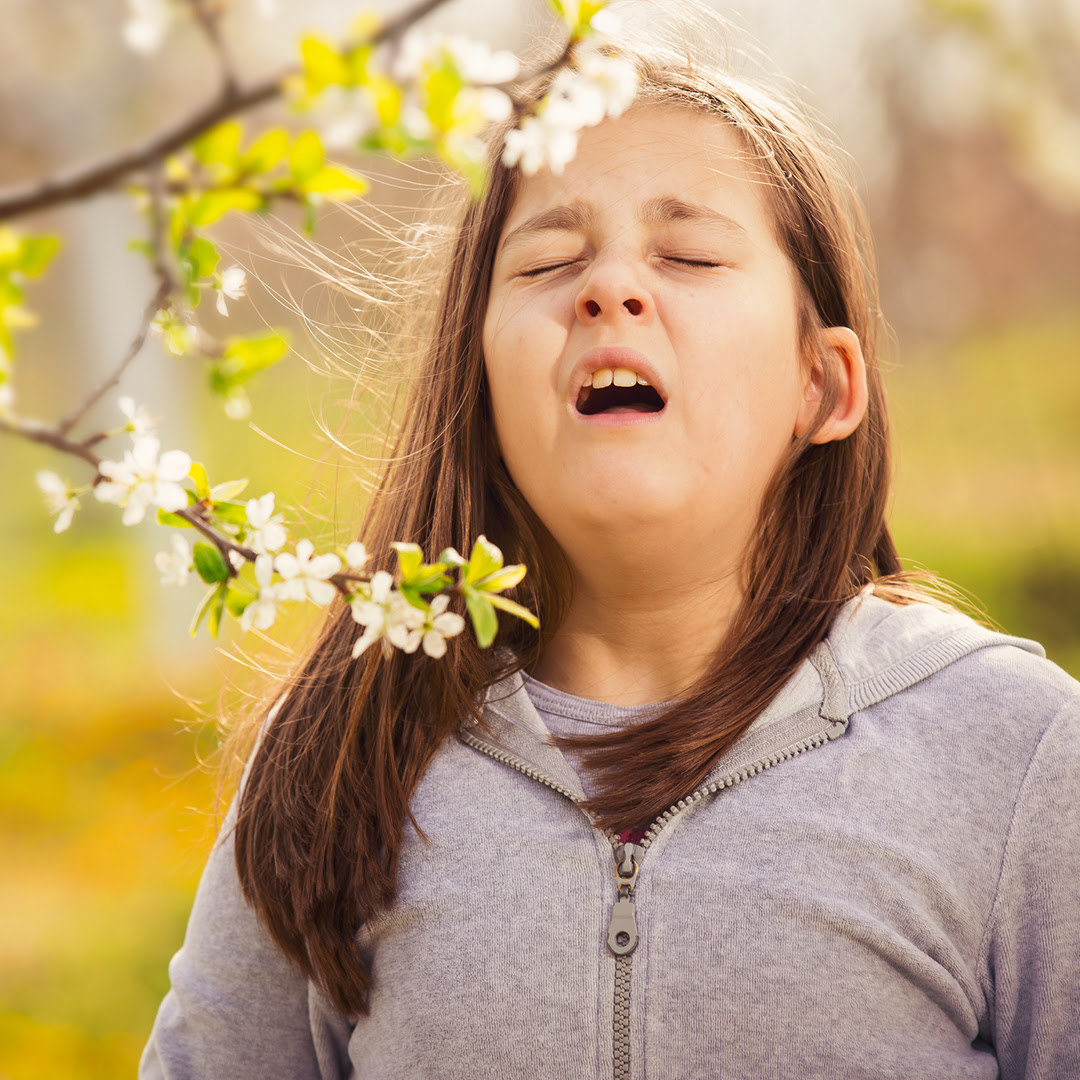From ‘Asthma+Lung UK’

Planning a picnic? Looking forward to a frolic in the park? The pollen count is high across large parts of England and Wales at the moment. If you’re allergic to pollen and have a lung condition, it can potentially mean an increase in your symptoms. Check out our advice to help you manage your symptoms and make the most of the great outdoors.
Symptoms of hay fever include:
sneezing a lot
coughing (caused by postnasal drip, which is the feeling that mucus is dripping slowly down your throat)
a runny or blocked nose
itchy, red or watery eyes
itchy throat, nose, mouth and ears
loss of smell
headache
earache
feeling tired.Some symptoms of hay fever are similar to the symptoms of a cold. However, cold symptoms normally go away after 1-2 weeks, while hay fever can last for weeks, or even months.

If you have asthma or COPD and hay fever triggers your symptoms, you might also notice:
being short of breath
a tight chest
wheezing
coughing.
The different types of pollen
There are different types of pollen and you can be allergic to more than one kind of pollen across the year.

Tree pollen is a common hay fever trigger. It’s the first type of pollen released every year, and levels are usually highest from late March to mid-May. The most common tree pollen allergy is birch tree pollen, which affects about 20% of everyone with hay fever.
Grass pollen is the most common hay fever trigger and affects about 95% of people who have hay fever. Grass pollen is often highest between mid-May and July. There’s evidence that when grass pollen levels are high, there is an increase in the number of people with asthma needing hospital treatment for their symptoms. There is also some evidence that suggests a link between high levels of grass pollen and increased numbers of COPD hospital admissions.
Hay fever can also be triggered by weed pollen, which is usually highest from the end of June until September.


